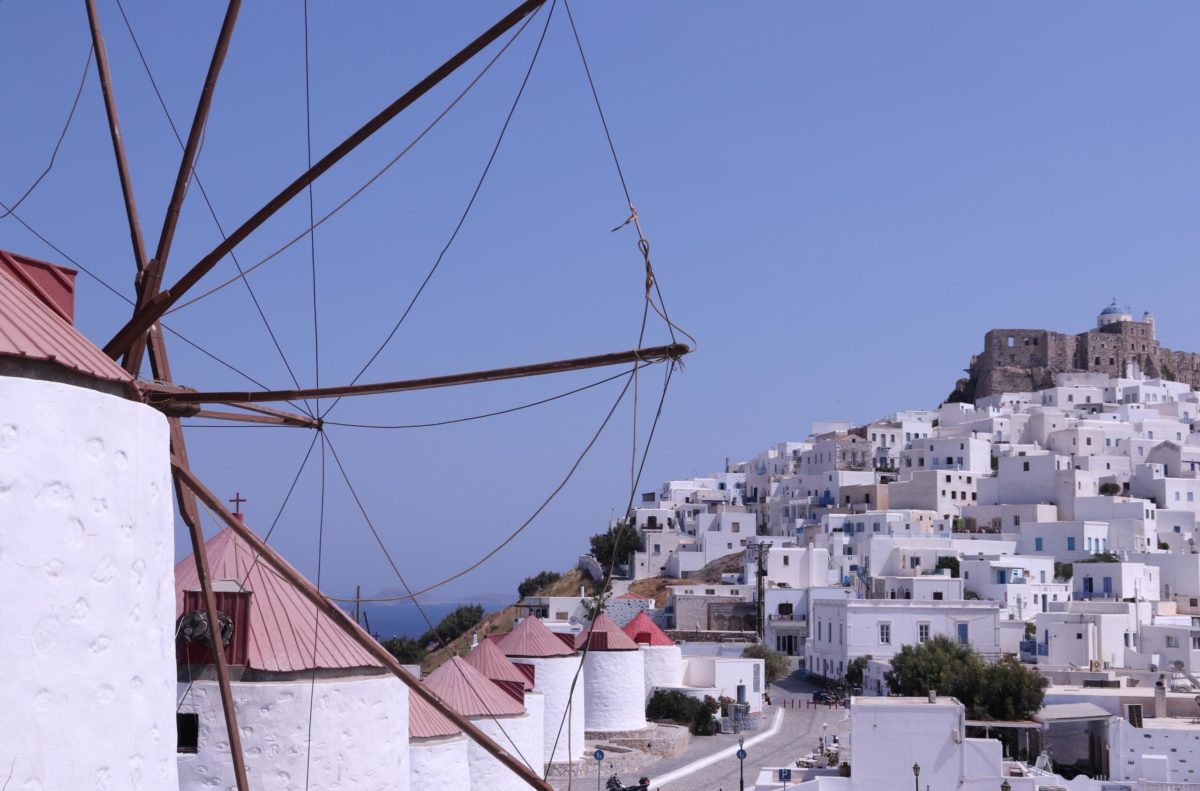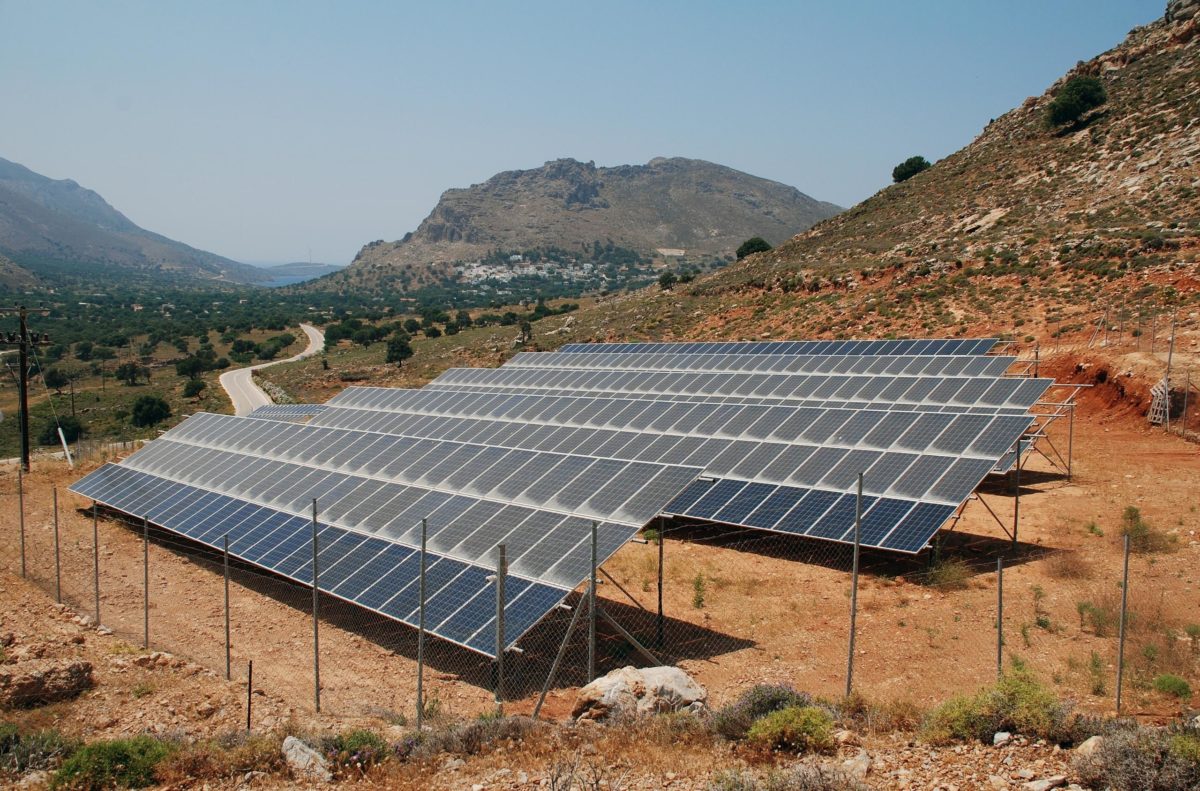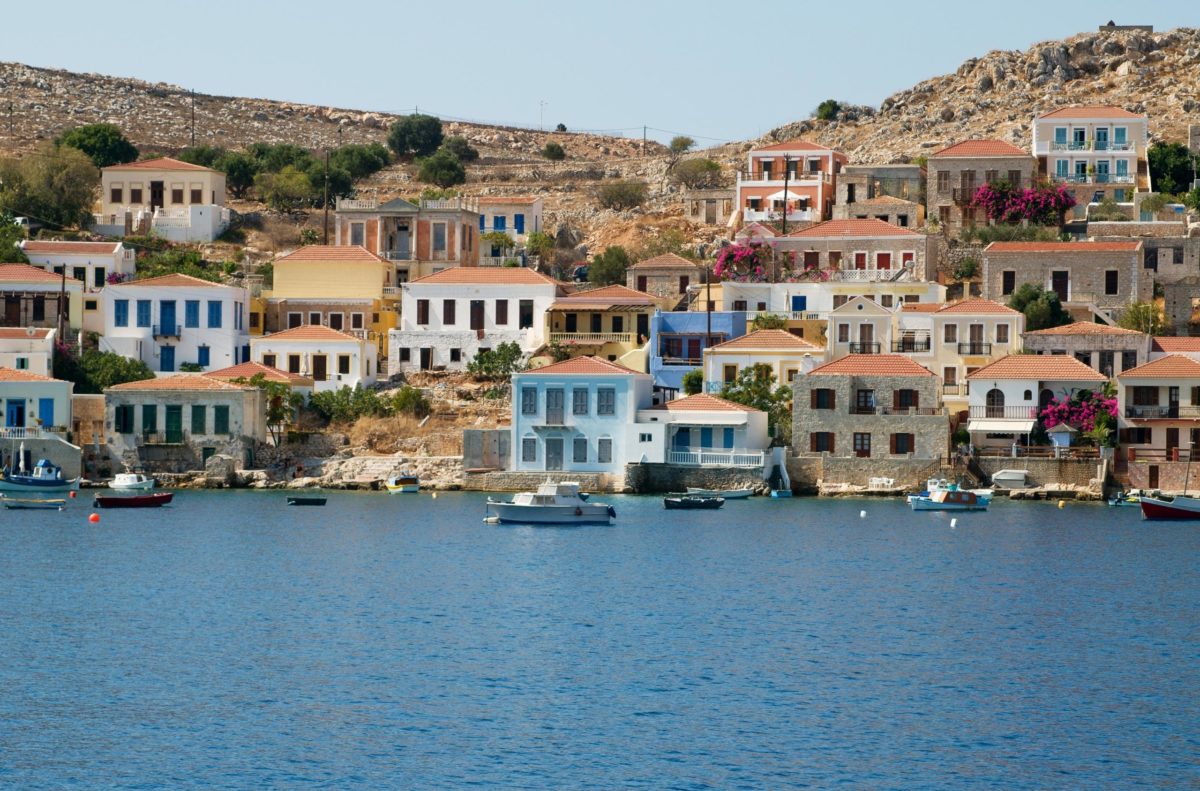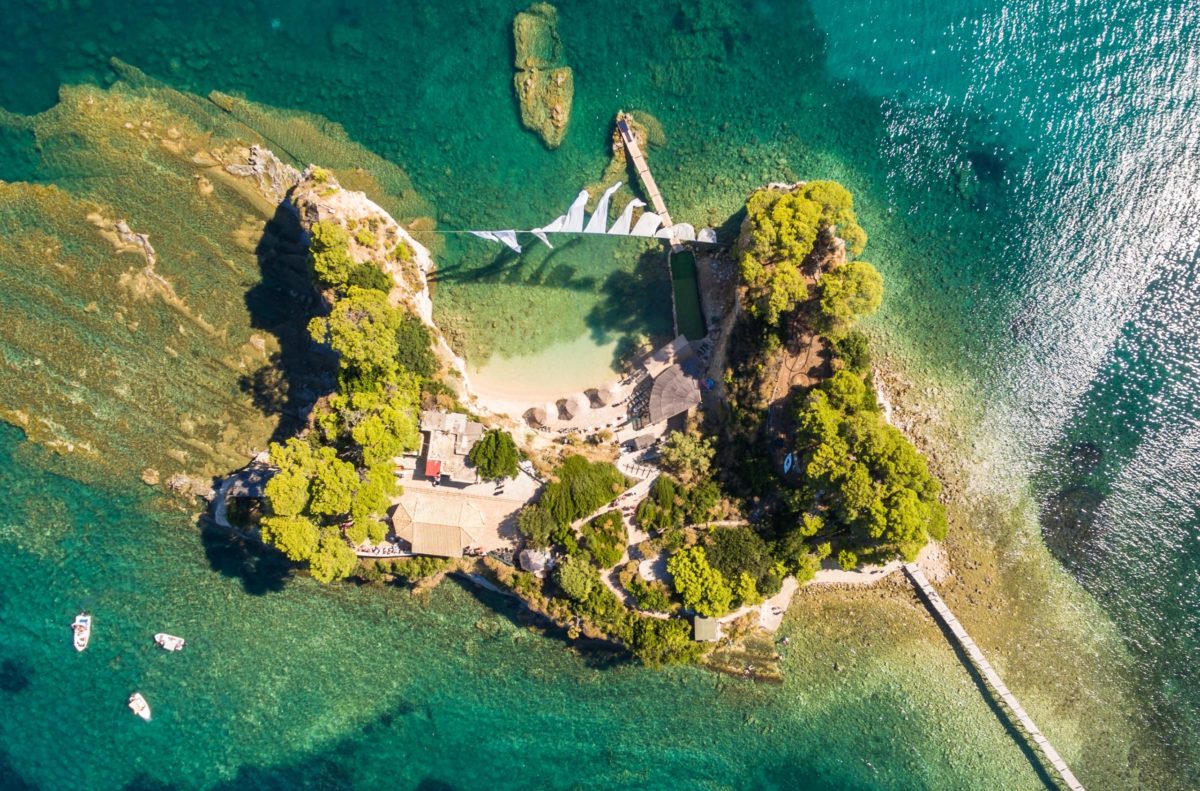The Greek islands have a reputation as iconic holiday destinations; beautiful beaches, charming tavernas and great nightlife being among the reasons why millions visit them every year.
Sustainability though has not been at the forefront of the government’s agenda until recently, when the islands of Tilos and Astypalaia demonstrated what that could look like.
Connecting the islands to the main electric grid has been fraught with financial, geographical and technical challenges. So far, most of the Greek islands have depended on diesel and oil to generate their local electricity needs. As a result, island residents face expensive energy bills that include a high levy due to fuel transportation from the mainland, and endure environmentally damaging greenhouse gas emissions.

Islands also experience extreme energy variability: in the winter months the few residents that remain on the islands require minimal energy, while in the summer months, mass tourism places a strain on islands’ ability to cope with the energy needed to support the tourists. The local power stations are often old and poorly maintained. To add to that, the sparseness of the islands and the fact that some of them are remote, means that access to resources and services is difficult.
This is why the T.I.L.O.S (Technology Innovation for the Local scale, Optimum integration of battery energy Storage) project, launched on the remote island of Tilos, is a major breakthrough. Backed by EU funding as part of the European Research Project Horizon 2020 and developed by the Eunice Energy Group, the project combines solar and wind energy through an innovative power station with battery storage.
An 800kW wind turbine was installed, along with 592 PV panels, 10 inverters, and two batteries with a capacity of 1.4 MW/h. This means that the islanders’ energy needs will be covered, and by doing so, moves the island into energy self-sufficiency. The project will also reduce residents’ energy consumption and allow any surplus energy generated to power electric vehicles too.

The T.I.L.O.S project served as a paradigm for the rest of the Greek islands. Astypalaia, a Cycladic island, followed suit earlier this year. The Volkswagen Group introduced a fleet of electric cars complete with 230 green charging points, a 7 mW/h battery system and a 3 mW/h solar park. It also provided subsidies for residents of Astypalaia who are willing to hand in their diesel-powered car and switch to e-mobility instead.
Halki, another remote island with a tiny population of 500, is currently being eyed by Citroën, Aquo Energy and Vinci Energies who are looking to collaborate and transform it into another self-sufficient island.

What these projects have shown is that it’s possible to move away from fossil fuel dependence and introduce a more sustainable way of island life with a smaller carbon footprint, and in turn, protect the environment. Green islands such as Tilos and Astypalaia also provide tourists with the ability to choose a low impact vacation complete with e-mobility, accommodation supplied by locally produced green power and the knowledge that they are supporting a sustainable tourism destination.
These pilot projects on Tilos, Astypalaia and Halki will help create a roadmap for rolling out self-sufficient and low-impact models for other island communities in Greece to follow.
Reach out to us to hear more about how Greek islands are going green – and why it’s a great time to invest in green projects now.
